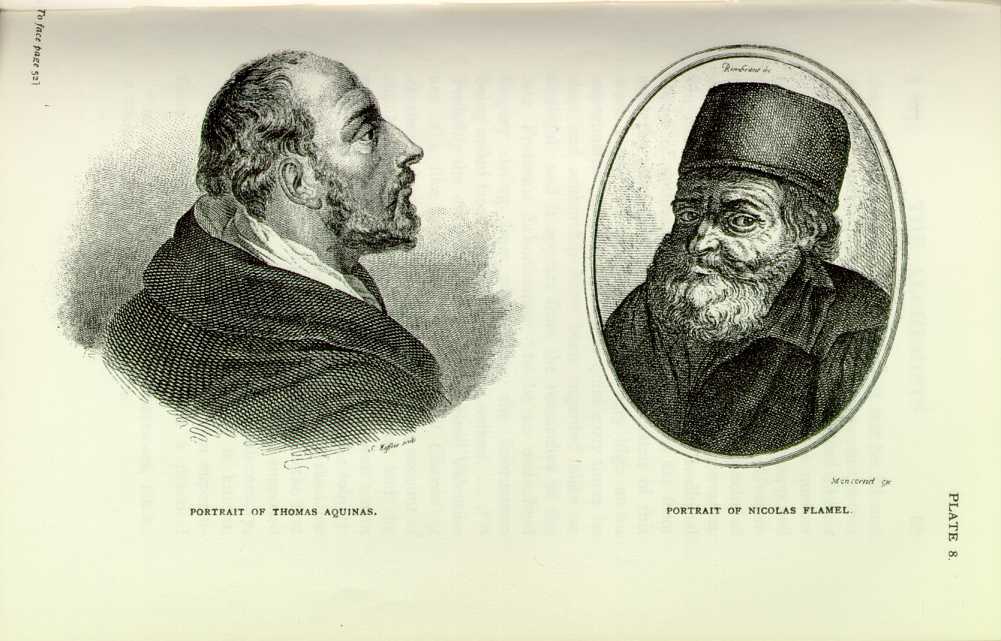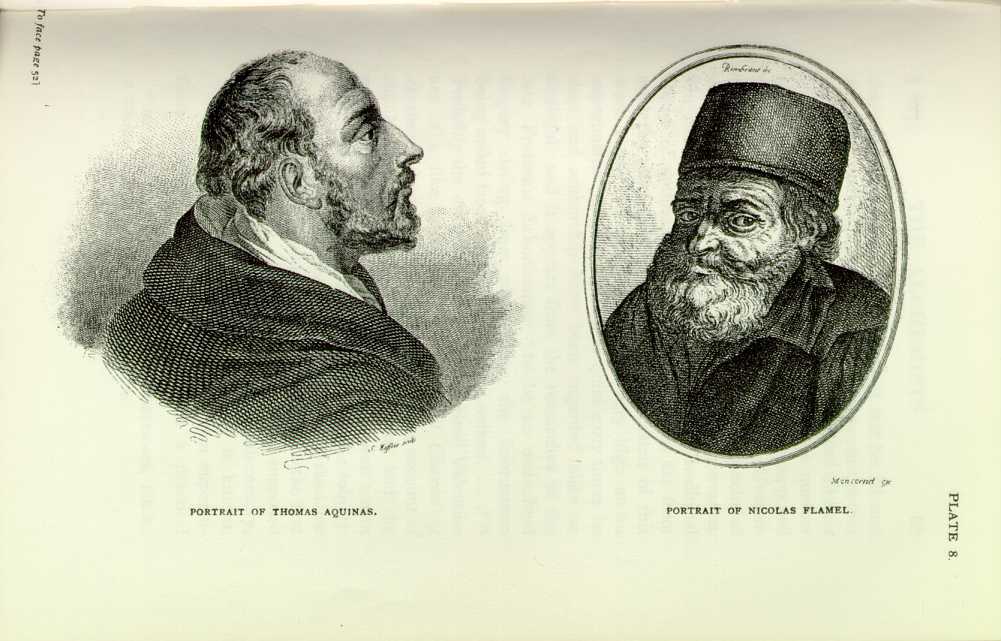§ 41. "Basil Valentine" and "The Triumphal Chariot of
Antimony".
Probably the most celebrated of all alchemistic books is the work
known as Triumph-Wagen des Antimonii. A Latin translation with a
commentary by Theodore Kerckringius was published in 1685, and an
English translation of this version by Mr A. E. Waite appeared in 1893.
The author describes himself as "Basil Valentine, a Benedictine
monk." In his "Practica," another alchemistic work, he says:
"When I had emptied to the dregs the cup of human suffering, I was led
to consider the wretchedness of this world, and the fearful consequences
of our first parents' disobedience . . . I made haste to withdraw
myself from the evil world, to bid farewell to it, and to devote myself
to the Service of God."15 He proceeds
to relate that he entered a monastery, but finding that he had some time
on his hands after performing his daily work and devotions, and not
wishing to pass this time in idleness, he took up the study of Alchemy,
"the investigation of those natural secrets by which God has
shadowed out eternal things," and at last his labours were rewarded by
the discovery of a Stone most potent in the curing of diseases. In
The Triumphal Chariot of Antimony are accurately described a
large number of antimonial preparations, and as Basil was supposed to
have written this work some time in the fifteenth century, these
preparations were accordingly concluded to have been, for the most part,
his own discoveries. He defends with the utmost vigour the medicinal
values of antimony, and criticises in terms far from mild the physicians
of his day. On account of this work Basil Valentine has ranked very high
as an experimental chemist; but from quite early times its date and
authorship have been regarded alike as doubtful; and it appears from the
researches of the late Professor Schorlemmer "to be an undoubted forgery
dating from about 1600, the information being culled from the works of
other writers. . ."
16 Probably the
other works ascribed to Basil Valentine are of a like nature.
The
Triumphal Chariot of Antimony does, however, give an accurate
account of the knowledge of antimony of this time, and the
pseudo-Valentine shows himself to have been a man of considerable
experience with regard to this subject.

